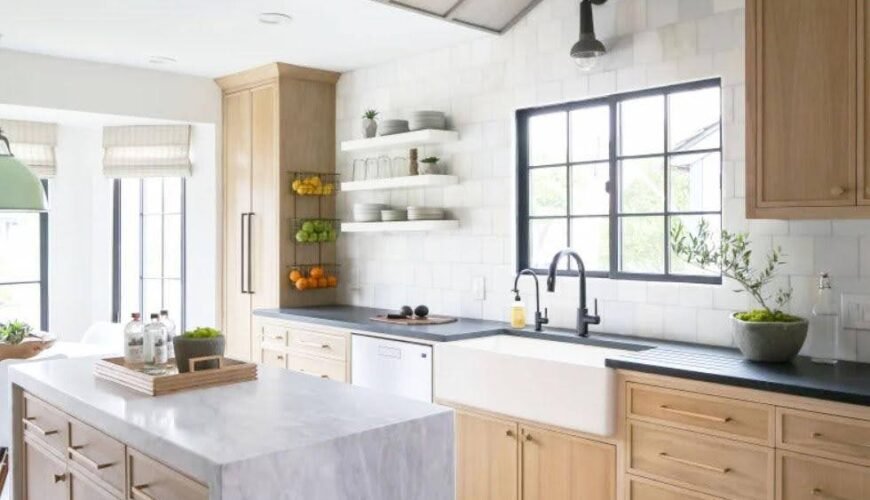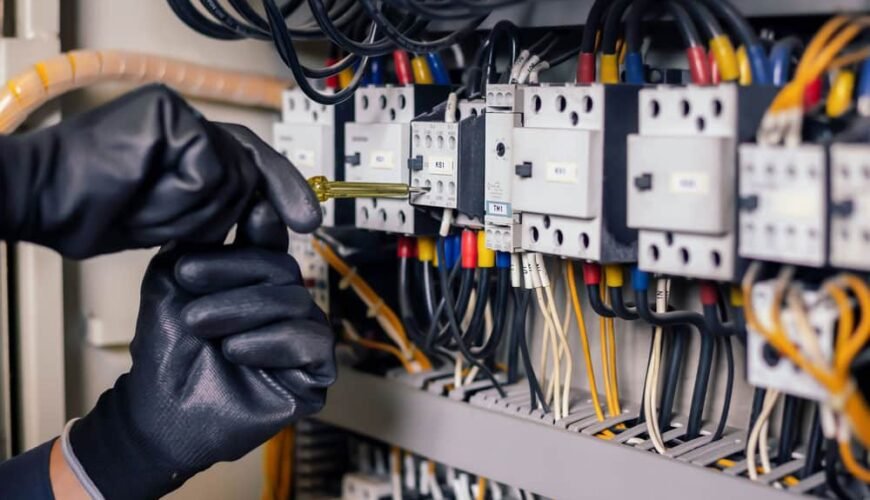If you are a homeowner and have already paid down a significant amount of your mortgage, you may be sitting on a mountain of untapped equity, which you can use towards buying a new home or the improvement of the existing one.
It is at this time that you might find that it is a fantastic financial decision to tap into that equity to improve the value of your home. In fact, home improvement financing and spending has been on the rise for years.
By the end of Q1 of 2020, home improvement spending is expected to hit a jaw-dropping $400 billion annually.
So what are the pros and cons of some of the most common forms of renovation financing? Keep reading to find out.
Home equity loans

Pros:
- Payments are structured and begin right way, that makes it easier to budget for the future.
- Home equity loans typically have a fixed interest rate, that means the amount you pay will stay at or close to the same amount month-to-month.
- If you are not planning to start immediately, you can move the money to an interest-bearing account and earn passive income.
Cons:
- If your project is going to take a long time, you may be tempted to spend the money on other things other than your renovation.
- A home equity loan is secured against the value of your home, so if you stop making payments the bank can repossess your home.
- If your home’s value takes a dive, you might end up going upside down on your mortgage.
HELOCs

Pros:
- Qualifying for a HELOC is easy as long as you have least 20 percent equity in your home.
- A HELOC is a line of credit (just like a credit card) as opposed to a loan, that means that you can use as much or as little as you need and pay back only what you use.
- Interest rates are typically lower than other lines of credit as a a credit card or a personal loan.
Cons:
- HELOCs are variable rate loans, that means that the interest you pay will fluctuate and impact your monthly payments.
- It can be quite easy to take on more debt than you can afford because you can borrow multiple times from your HELOC.
- Many lenders charge an annual fee to keep the HELOC open whether you are using it or not.
If you home value falls, you may end up owing more than your home is worth.
Personal loans

Pros:
- Personal loans are unsecured loans, meaning you do not need to use your home or any other valuable asset as collateral.
- You can take out a personal loan for close to an amount of money that you need, meaning you won’t be paying back more money than you need to.
- Personal loans are flexible, meaning you can use a portion of it for home improvement purposes and the rest for other expenses.
Cons:
- They typically come with higher interest rates than the other options on this list.
- Repayment terms are often shorter than those of HELOCs, meaning your monthly payment may be quite a bit higher.
- If you fail to repay you loan, your interest charges and additional fees could lead to your debt spiraling out of control.




